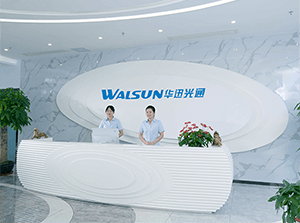PRODUCTS

- FR4 and PTFE are materials with different characteristics commonly used in the manufacturing of printed circuit boards (PCBs) and other electronic components. Here are the key differences between FR4 and PTFE: Composition:PTFE, on the other hand, is a synthetic fluoropolymer of tetrafluoroethylene. It is a high-performance plastic known for its excellent electrical insulating properties and r586

- The maximum distance that a LX (Long-Reach) Small Form-Factor Pluggable (SFP) module can reach depends on the specific type of LX module you are using. LX typically refers to a type of SFP module that uses long-wavelength (1310nm) light for transmission. The LX SFP module is commonly used in fiber optic networks, and its maximum reach can vary based on the type of fiber optic cable and539

- QSFP-DD (Quad Small Form Factor Double Density) is a high-speed and high-density transceiver module that is designed to provide increased data rates and port density in data center and networking applications. The QSFP-DD form factor is an extension of the original QSFP form factor, with the main difference being the addition of a second row of contacts for more electrical lanes, allowing for high604

- The numbers 1310 and 850 refer to the wavelengths of light used in SFP (Small Form-Factor Pluggable) transceivers for optical communication. Here are the key differences between 1310nm and 850nm SFP modules: Wavelength:The "850" indicates that the SFP module operates at a wavelength of approximately 850 nanometers.This wavelength falls in the near-infrared range.The "1310"664

- The terms "10Gb" and "10GBASE-T" refer to different technologies used in networking, specifically relating to data transmission rates. Let's break down the differences:10Gb:This term generally refers to a network or data transfer speed of 10 gigabits per second (10 Gbps). It can be associated with various networking standards and technologies that support this data rate.10G787


 CHS
CHS Walsun Mall
Walsun Mall










